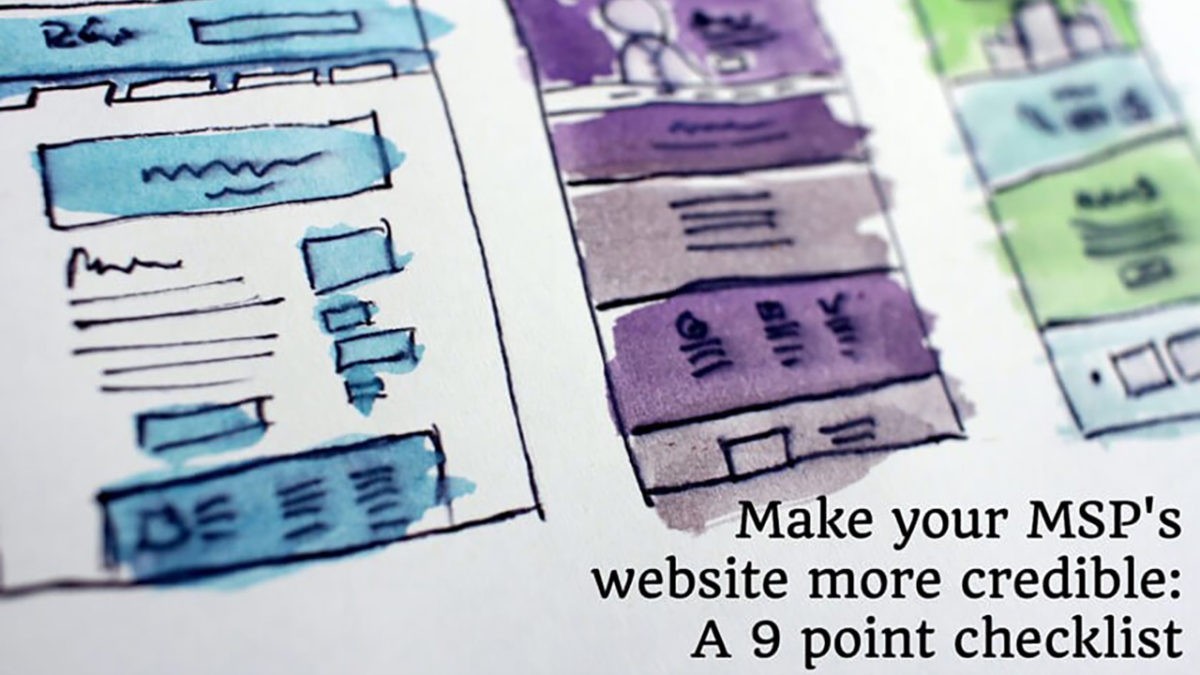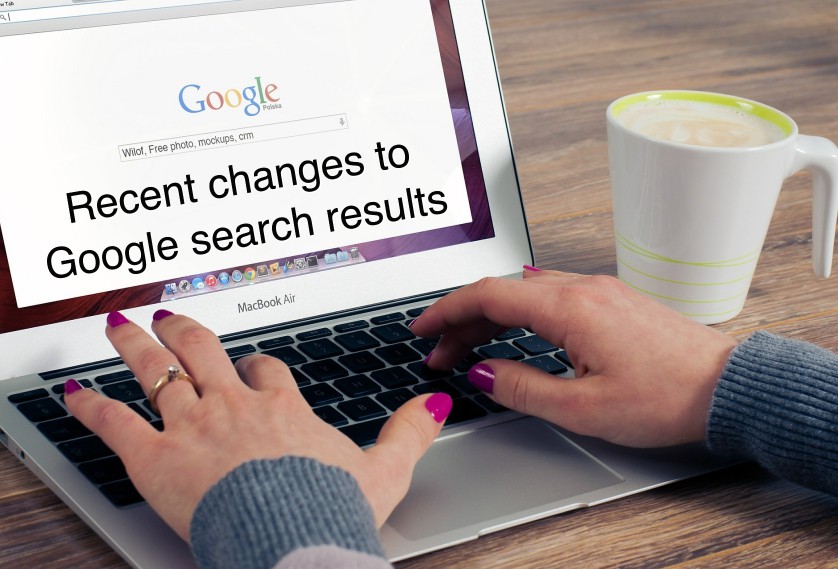Your website is the single most important marketing asset you have for one good reason: It's the very first thing any potential new client will check.
Think of your website as your shop front. And remember each new visitor is seeing it for the first time.
Would you choose to go into a shop which had dirty windows, an old and uninspiring window display, several lightbulbs which didn't work, and a cracked, faded sign above the door?
What if there was another shop next door that sold exactly the same stuff, but had a clean inspiring shop front. Even if the prices were a little higher, most people would prefer to shop there, because it would make them feel more comfortable.
This is how Starbucks gets away with charging more for its food and drink then local competitors do - because its got the look and feel right (and it's figured out a way to deliver this systematically around the world). Local coffee shop competitors think the battle is over the price, or the quality of the food and drink. But it's really not. It's dozens of things coming together to make someone feel a specific way. The packaging is as important as the product.
Anyway. I digress.
If your website is the digital equivalent of the faded shop front, you can drive as much traffic as you want to it - but very little of that traffic will convert into leads.
Ordinary business owners and managers who are picking a new MSP are doing so predominantly based on their feelings, rather than what their brain decides. These people know nothing about technology, so they can't make a cognitive decision about whether you're any good or not compared to their incumbent MSP. Therefore they delegate the buying decision to their heart.
The heart makes the buying decision and the brain rubber stamps it.
The brain is influenced by facts and stats.
The heart is influenced by other people, stories, and a general feeling of wellbeing, credibility and comfortableness.
What's your website mostly feeding - their hearts or their brains?
Here's a non-exhaustive 9 point checklist to make your website more credible.
It's designed for 2023
Websites age in dog years. Which means if your site was last revamped 3 years ago, it's kind of aged 21 years! Seriously though, sites age faster than you think. By the time you think about updating the look and feel of the site, it's already well overdue a refresh.
The way a site looks and feels has a direct emotional impact on your prospect. Remember they'll be judging it against ALL other websites; not just a few other MSPs' websites.
It has a clear focus on your ideal client
Decide exactly who you want your new clients to be, and focus every part of your website on them. It can be a smart move to build a client persona - which is a picture of what your ideal client looks like:
- Who they are
- Where they are
- What they do
- What drives them
- What they need and want
- And what they fear
The more focused the website is on your prospect, the more they will feel as though they have found the perfect match in you. Relevance increases results.
It shows the people behind the business
People buy from people... which makes me weep uncontrollably every time I see an MSP's website with pictures of hardware, and no images of people. Even if you're a one man band, you can put a photo of yourself on the website. Get a decent photo shoot done every year (professional photographers are not that expensive, really). Don't let your staff opt-out of the photo shoot. Tell them the performance of your marketing is directly linked to your ability to pay them more.
Showing the people isn't just about the photos. It's also about telling stories. Human brains love stories. All different areas of the brain fire up when facts are conveyed wrapped up in a story. Tell us about you, your staff, your business. Use a bit of nostalgia if you have to. This is best done on your about us page; but stories can be used all across your site.
It shows the clients
In fact the best stories come from the clients you have delighted over the years. Turn these happy clients into social proof:
- Testimonials: Endorsements you can edit and control
- Reviews: Endorsements you can't edit and control, which therefore have more credibility
- Case studies: Telling a story about a client:
- How they are relevant to the reader
- The problem they had
- The pain it was causing
- The solution you introduced
- The happy outcome it delivered
Social proof is at its most powerful when delivered as a video. Whenever an MSP I'm working with gets a client video done, I always tell them to put it at the very top of the home page, so EVERYONE sees it.
Yes, that's how important social proof is.
It shows that you're the authority
This is achieved by educating and entertaining people - or "edutainment", if you like. Practically it's done through providing content all over your site.
Yes your blog. But also:
- An IT services buyer's guide
- A book teaching them the realities of cyber security, but in a way that interests them
- Videos and guides showing them how to do technology stuff
- More videos showing them how terrifying it is to be hacked
- The ability to check if their email address has been breached, and generate random passwords
Blatant plug alert
Everything I just talked about there is available to members of my MSP Marketing Edge service. Which can strictly only be used by one MSP per area.
There are UK and US versions. You can try it for a month for £1 or $0, and then if you continue it's just £99 + vat or $129 a month. Cancel any time, no contract.
See if your area is still available here
Blatant plug over
Back to the list. And number 6...
It's safe and secure to use
It goes without saying that you should have an SSL and your website should be as updated and as secure as you can make it. You sell cyber security services! Even though you might not do that for websites, people will judge the book by the cover.
It's 100% up-to-date
That means regular content on your blog. Plus making sure any social feeds in your site are up-to-date. And my personal pet hate is when a website's copyright in the footer is out of date 😬
All the little details are right
That's the kind of thing I mean by the little details. When someone's on your site, you want them to feel as though you're across all of the little details.
They're never going to actively think that. But they will feel it at a deep emotional level - because when the details are right and your website feels consistent... they will be more comfortable with it.
Making people feel comfortable is the goal. The more comfortable they are, the more likely they are to engage, enquire and actually become a client.
It has a very clear next step
We call this the Call To Action. It's the thing you most want them to do. Let me prescribe this to you - you want to embed your live calendar into the site using Calendly, Microsoft 365 Bookings or some alternative. Let them book a 15 minute initial conversation with you at a time that suits both them and you.




